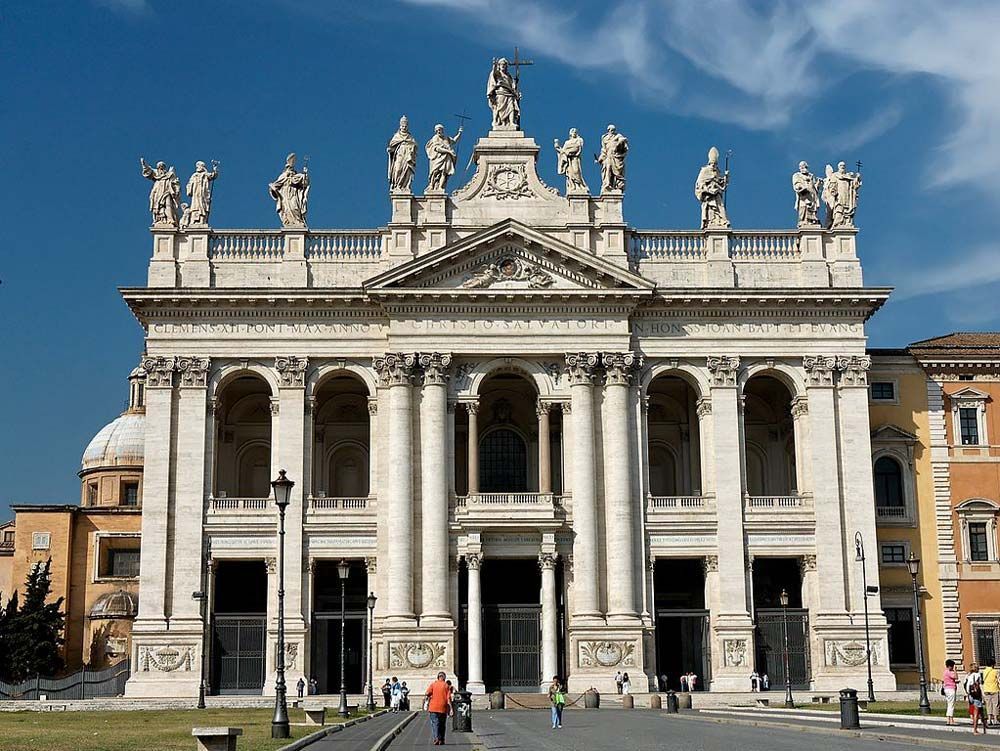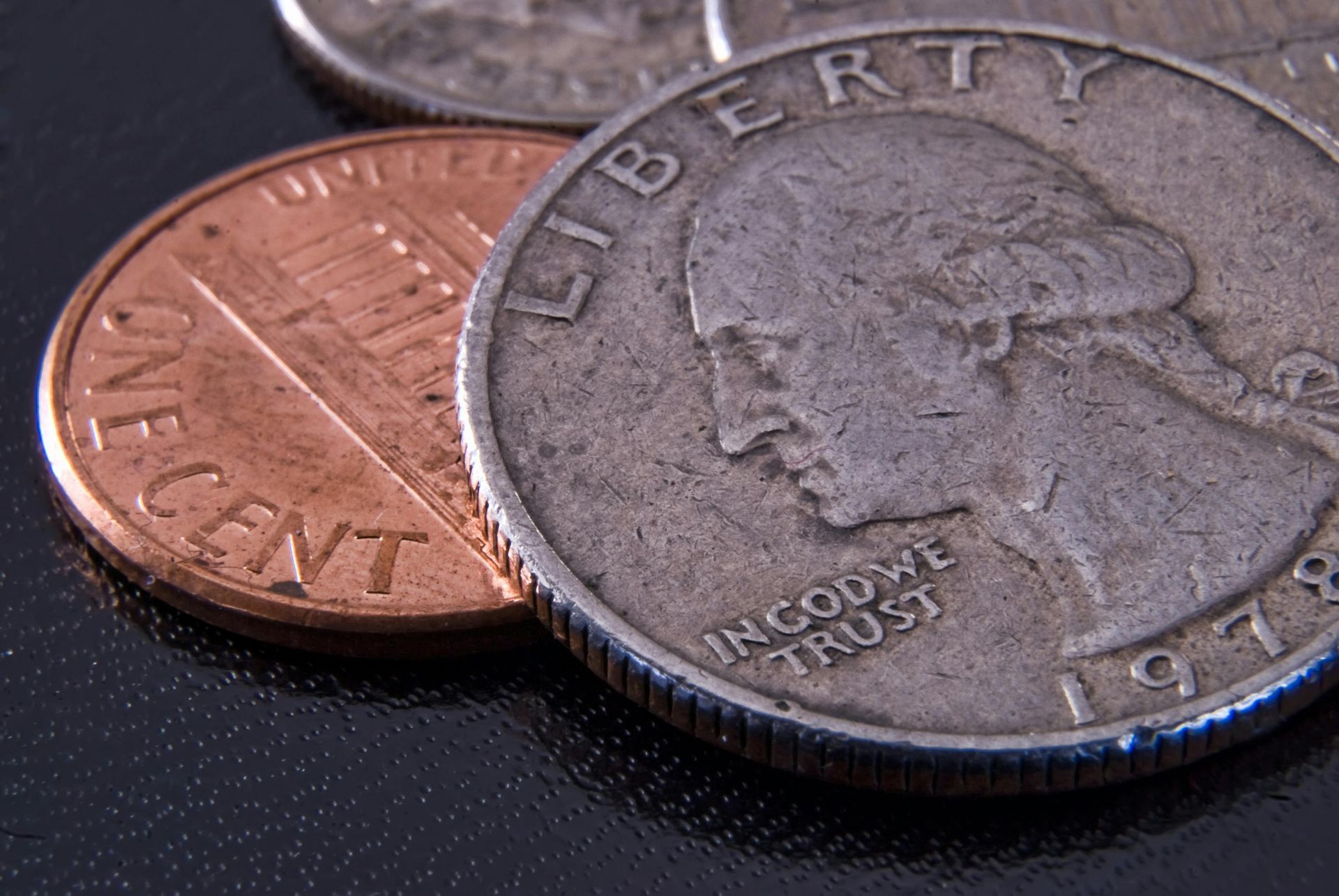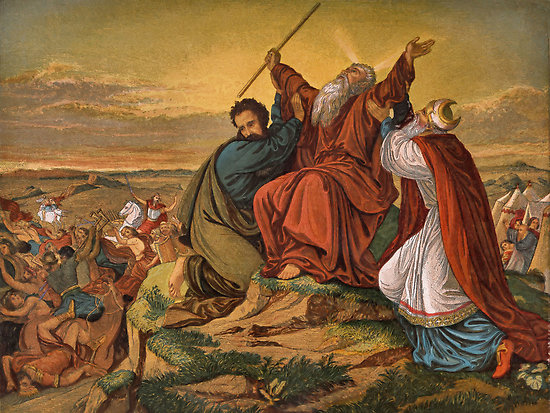The Dedication of the Lateran Basilica, November 8, 2025

St. John Lateran is the cathedral of Rome. The church was built on land belonging to the Lateran family, thus the name St. John Lateran. Connected to the church is the baptistry, a large building used for baptisms. This is the oldest baptistry in Rome. The building dates to the days of Emperor Constantine and includes image of the battle of Milvin Bridge (312) when Constantine had a vision of the cross and later declared Christianity the official religion of the empire.
In our first reading on this feast, we hear of the water flowing in the temple. Water is used in the sacrament of baptism. The baptistry at John Lateran is the oldest of its kind and speaks to us of the sacrament. Water speaks of the two elements of the sacrament of baptism, death and life. Those who are baptized die to their old way of life and participate in the resurrection of our Lord as they experience new life in this sacrament.
In the waters of baptism, we are cleansed from the stain of original sin, and we are initiated into the body of Christ. The initiation into the body of Christ is the reason we baptize at the weekend liturgy. The person is being brought in as a member of the body of Christ, and the body of Christ gathers on the weekends at Mass.
In the early church there were adults who were baptized. They would spend a period journeying with a sponsor and learning about the faith and at the Easter Vigil the bishop would come (in the early days there were no priests, just bishops), the community would gather, and the bishop would perform the rites of initiation, baptism, confirmation, and Eucharist. The OCIA (Order of Christian Initiation of Adults) recaptures this practice of the early church. Over the years it has become common to baptize infants. Canon Law, the law of the church, considers a child of 6 years to be an adult and thus is invited to enter the Order of Christian Initiation of Adults.
Baptism is the first and most important sacrament. Each time we enter a church we bless ourselves with holy water to recall our baptism.
In so many of our sacraments the church takes simple things and uses them to speak about aspects of our faith. Water has become a sign of the death of Christ and a sign of his resurrection. We use oil, a simple element, for anointing and healing in the sacrament of Baptism. The lit candle speaks of the light of Christ brought to the person in the sacrament and finally the cross is made on the mouth and ears of the person for hearing and speaking the word of God.
Other sacraments use simple things to speak about a greater reality. We use bread and wine in the Mass; a simple gold ring is exchanged to speak about the love of God that unites a man and wife.
Today we celebrate the dedication of an important space in our world church. The Church of St. John Lateran and its baptistry have allowed many to touch into the love our God for many years. We are thankful for this holy place.





